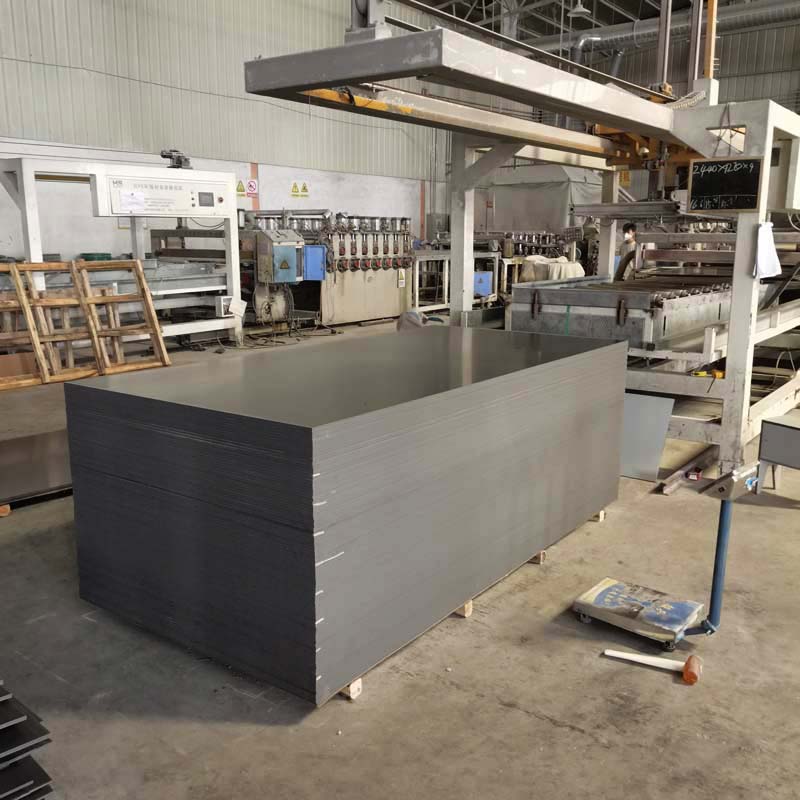Charcoal panels have become increasingly popular in the field of art in recent years due to their unique characteristics and versatility. From creating intricate drawings to expressive paintings, these panels offer artists a wide range of possibilities to explore and express their creativity. In this article, we will delve into the various ways charcoal panels can be used in the English language and how they can enhance and enrich our communication.
One of the most prominent uses of charcoal panels in the English language is in visual storytelling. Artists can use charcoal to create captivating illustrations that accompany narratives, adding depth and emotion to the words. Whether it is a book cover, a comic strip, or a children’s picture book, charcoal panels can bring characters and scenes to life, immersing readers in the story and enhancing their experience.
Moreover, charcoal panels offer a unique medium for expressing emotions and conveying messages. Through the use of shades and textures, artists can create powerful pieces of art that evoke a wide range of feelings. This can be particularly impactful when used in the context of poetry. By combining the written word with charcoal illustrations, poets can add an extra layer of meaning to their verses, allowing readers to experience the emotions behind the words in a more profound way.
Furthermore, charcoal panels can be incorporated into educational materials to make learning more engaging and interactive. In language learning, for example, charcoal drawings can be used to illustrate vocabulary words or grammar concepts, making them more memorable and easier to understand. Additionally, teachers can use charcoal panels as visual aids during storytelling or classroom discussions, facilitating comprehension and encouraging students’ participation.
Charcoal panels can also be utilized as a creative tool for self-expression and self-reflection in the English language. Through the process of creating charcoal art, individuals can explore their thoughts, emotions, and personal experiences, offering a unique form of catharsis. This can be particularly beneficial in therapeutic settings, where individuals can use charcoal panels to communicate and process their feelings, ultimately leading to personal growth and healing.
In addition to art forms, charcoal panels have found their place in the world of advertising and marketing. With their ability to captivate and evoke emotions, charcoal illustrations can be used to create impactful advertisements and promotional materials. Whether it is a print ad, a billboard, or a social media post, incorporating charcoal panels can help businesses convey their message effectively and attract the attention of their target audience.

Lastly, charcoal panels can contribute to the preservation of cultural heritage and history. By using charcoal to recreate historical events, monuments, or cultural symbols, artists can keep the past alive and educate future generations. These charcoal illustrations can be used in museums, history textbooks, or even as public installations, allowing people to connect with their roots and gain a deeper understanding of their heritage.
In conclusion, the versatility of charcoal panels in the English language is truly remarkable. From visual storytelling to educational materials, self-expression to advertising, and cultural preservation, these panels offer countless opportunities for artists, educators, therapists, and marketers to communicate and connect with others. Whether through intricate drawings, expressive paintings, or creative illustrations, charcoal panels have the power to enhance our communication and enrich our understanding of the world. So, let us embrace the versatility of charcoal panels and explore the boundless possibilities they offer in the realm of the English language.
Previous: PVC: The Ultimate Waterproof Solution
Next: How to Install Bamboo Charcoal Wood Veneer: Step-by-Step Guide

PVC partition board (wbt530)
PVC partition board, also known as foamed polyvinyl chloride board, has the characteristics of moisture resistance, heat preservation and corrosion resistance, light texture but high hardness, which is not easy to scratch and aging deformation. Since...

China PVC plastic bed board
PVC plastic bed board is a type of bed support that is made from polyvinyl chloride (PVC) plastic. It is typically a flat board that is placed between the mattress and the bed frame to provide additional support for the mattress. PVC plastic bed boar...

PVC foam board (wbt012)
product description: PVC foam board is also called Chevron board or Andy board, its chemical composition is polyvinyl chloride, so it is also called foamed polyvinyl chloride board. It is widely used in passenger cars, train car roofs, box core layer...

PVC foam board (wbt04)
1.product description PVC foam board is also called Chevron board or Andy board, its chemical composition is polyvinyl chloride, so it is also called foamed polyvinyl chloride board. It is widely used in passenger cars, train car roofs, box core laye...